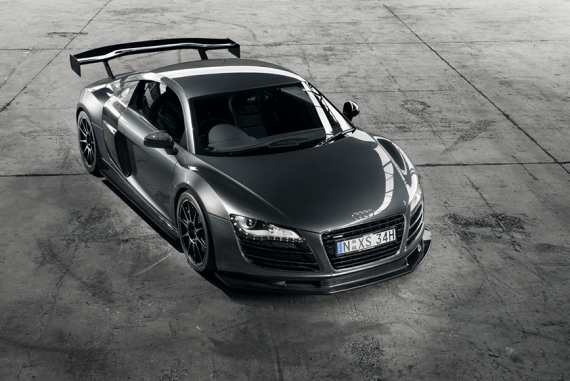Automobile Photographers
What’s the best gear for automobile photography?
If you’re asking this question, you might want to take a look inside the camera bags of professional automotive shooters. You’re bound to get some ideas and learn some handy tricks along the way.
Automobile photography sounds pretty easy. After all, cars are inanimate objects. They don’t move out of a pose or blink or make awkward faces.
There are lots of elements you can control when it comes to shooting cars.
That said, anyone who’s ever tried to get really dynamic, inspiring photos of any kind of vehicle knows it’s not as easy as it sounds.
How do you capture the unique personality and purpose of each vehicle?
How do you photograph a jeep throwing up dust as it blazes across a sandy plain? How do you make a Porche zooming along a mountain road look like a snarling wildcat?
The reality is that you need practice and experience to become an amazing automobile photographer. But don’t let that deter you – really, the same is true of any type of photography!
A good place to start is with the right gear.
While your gear will depend a lot on exactly what you’re shooting and why (Is it an art print of a classic car? An advertising shoot of a new model?) there are some basics to keep in mind.
Firstly, it goes without saying that professional automobile photographers all have at least one top-notch camera body in their bag – usually a DSLR or full-frame mirrorless camera.
You’ll also notice that they’ve invested in a number of different lenses.
As an automotive photographer, you may be taking anything from a wide landscape shot featuring a classic MG to an up-close detail shot of a Pirelli tyre.
Because of that, it’s useful to kit out your camera bag with at least a few different focal lengths.
For example – dive into our featured photographers’ bags, and you’ll spot more than one 70-200mm telephoto zoom lens. In fact, it’s practically a must-have for the genre.
A good prime lens for portraits – like a 35mm or 50mm – is another commonly used piece of gear.
When shopping for lenses, also consider that you’ll want something quick to focus and with a wide aperture given that you’ll probably be photographing moving vehicles and possibly also shooting in low-light situations.
Beyond that, there are dozens of other bits and pieces that, while perhaps not mandatory, can really help you get more creative and take your automotive shoots to the next level.
Filters, speedlights, triggers, reflectors and tripods are some of the extras used by Shotkit’s featured photographers. Reading through their comments can give you some hints as to when and why they use them.
In short, automobile photography spans a range of different styles and situations and there are lots of factors to think about – like your backdrop, whether the car is stationary or moving, and whether you use natural or man-made light sources.
Looking at the work of others for inspiration, and reading about the nitty-gritty of what gear they use to get their shots, can be a huge help.

















